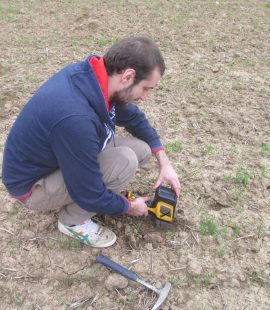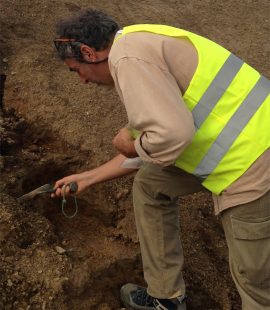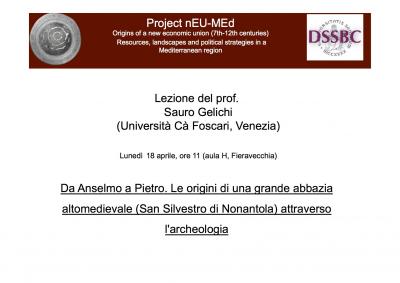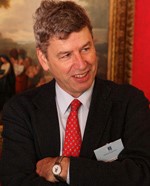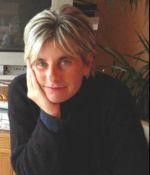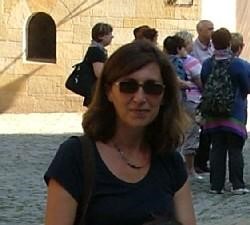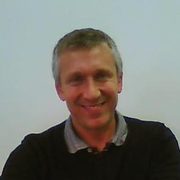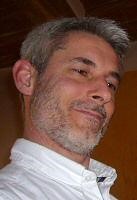Preliminary geoarchaeological survey: the paleohydrology of the Pecora river at the Vetricella site
Sedimentological, Stratigraphical and Geomorphological analysis were performed at the surrounding of the Vetricella site, in particular along the sections opened during geoengineering works on the left banks of the Pecora river, few hundreds of meters to the NW from the site.… Read More




